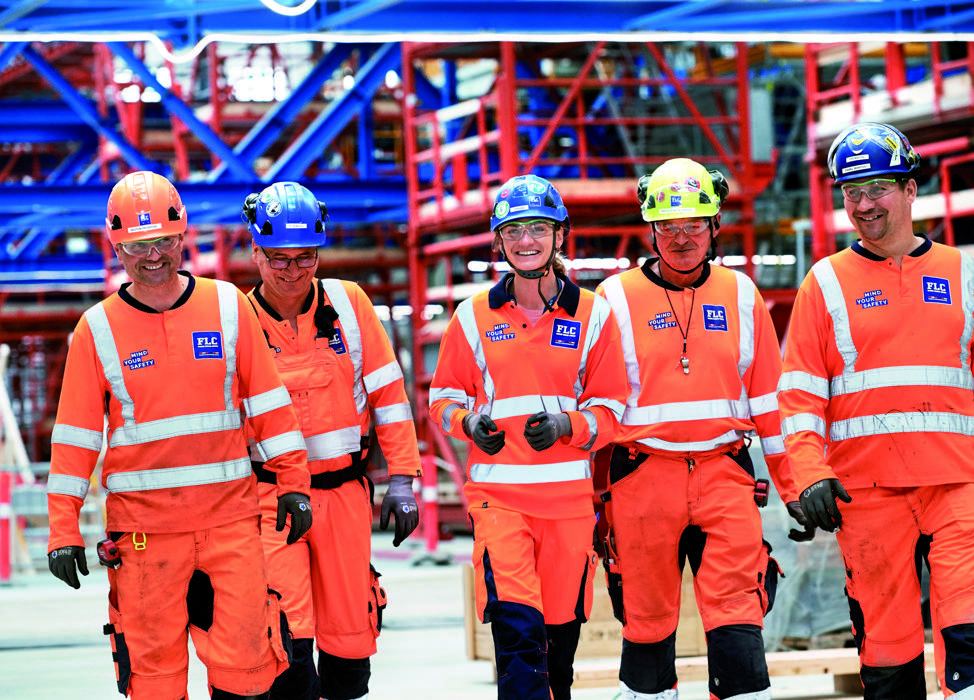An immersed tunnel is a safe, tested and efficient way of building an underwater tunnel. The technology is Danish developed and builds on experiences from, among others, the Øresund Tunnel.
Fehmarnbelt tunnel
Denmark’s largest infrastructure project and the world’s longest immersed tunnel.
Three advantages of an immersed tunnel
Once completed, the tunnel will not pose any obstacle to vessel traffic in the Fehmarnbelt. Marine safety is also a top priority during the construction phase.
The Fehmarnbelt tunnel will be just as safe as a corresponding section of motorway above ground. The tunnel is equipped with continuous hard shoulders and emergency exits along its entire length.
The tunnel is monitored around the clock by both the tunnel's own control centre on the Danish side and the train traffic control centre in Copenhagen.
Closer together. New opportunities.
The Fehmarnbelt link will cut travel time between Denmark and Germany and will be part of Europe’s sustainable transport network of the future.
Project status
Construction of the Fehmarnbelt tunnel began in 2020 on the Danish side and in 2021 on the German side. Read more about the current status of the project here.
Finance
The Fehmarnbelt link is funded by loans and will be paid for by its users.
A safe link
The Fehmarnbelt tunnel will be safe and secure. The tunnel’s safety concept has been designed to prevent accidents, minimise the consequences and make self-rescue easy.




